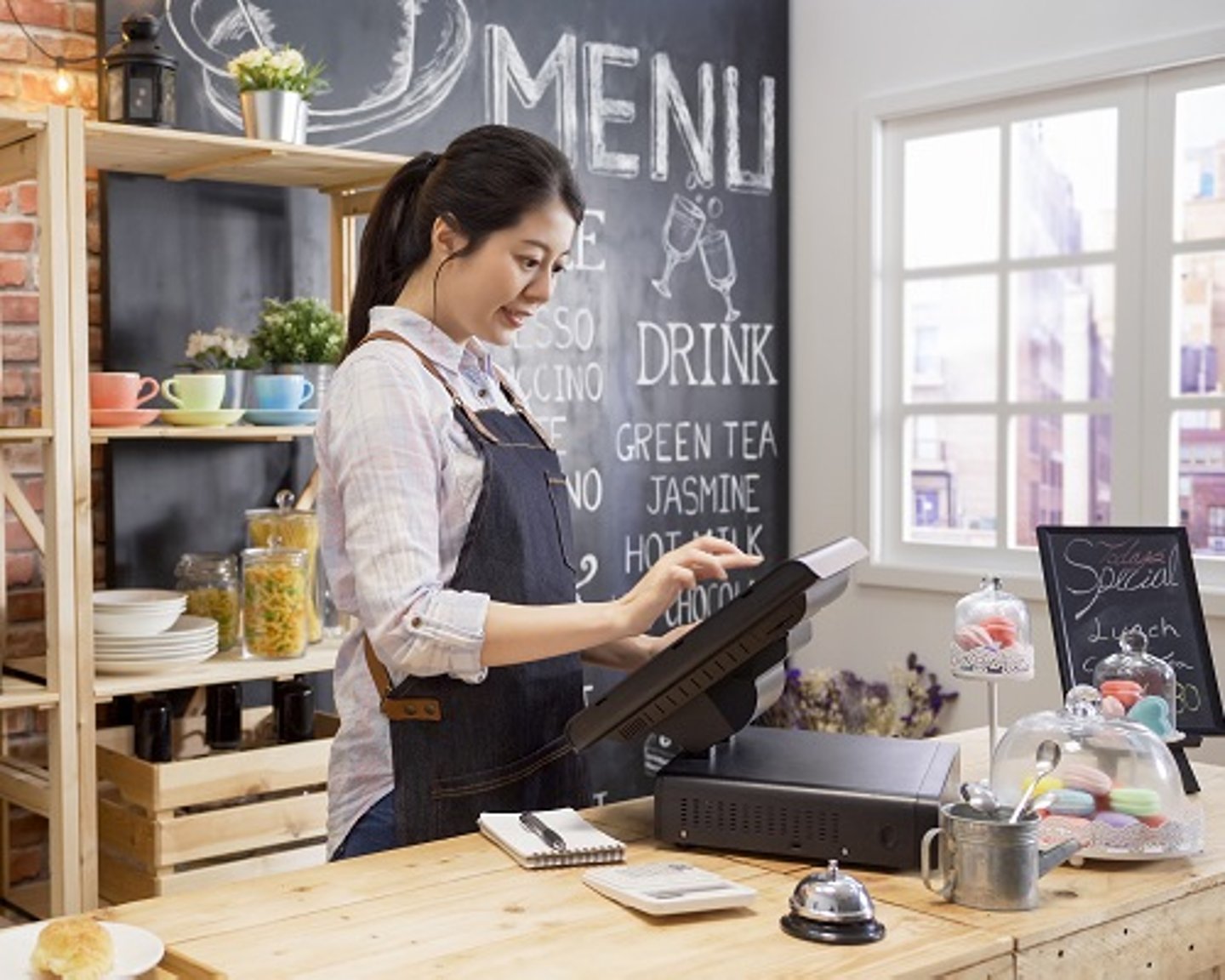Adding Efficiency with Liner-Free Labels
The food and beverage service industry has changed a lot in the last two years, but one thing that is the same – customers expect quality products in a timely manner with complete order accuracy. This is something every restaurant has struggled with at some point. Additionally, the increases in digital orders spurred by the pandemic have only made things more complicated and disruptive to workflows.
Point-of-sale technology solutions can help businesses streamline processes and become more efficient in the way they serve customers. The below looks at four benefits for adding liner-free thermal label printing solutions to improve accuracy and get orders to the prep area fast.
1. Order Accuracy – Eliminating Miscommunication
The importance of order accuracy is nothing new – fast and efficient service coupled with the correct order equals happy customers. By eliminating manually written orders on cups and labels that can be hard to read or decipher, restaurants and cafes can increase order accuracy, while also speeding up the process of getting orders to food and drink prep areas.
Integrating liner-free labels offers businesses a space-saving solution that is easy to use and doesn’t create a mess. An order will go right from the register to the prep station and allows businesses to accurately communicate correct orders to customers as they become ready for pick up.
Labels can also help with order exceptions – when there is a customization or modification to an order. Some restaurants have even found it helpful to use specialized labels with pre-printed color-coded information when there are order modifications. Ultimately, all efforts to deliver order accuracy increases customer satisfaction.
2. Customer-Facing Labeling – Easing Grab-and-Go
Throughout the pandemic, many transactions were no longer happening face-to-face. According to Edison, U.S. monthly food delivery transactions grew 85 percent between January 2018 and February 2020. This increase in delivery and pick-up meant the customer wasn’t always present when an order was finished.
Adding a label to the outside of packaging can help with clarification and ease of use for customers. We’ve seen some restaurants have success in this by adding a shelf for self-service pick up – a customer can walk in, easily scan for the label with their name and order information, grab, and go.
3. Delivery
When sending out an order for delivery, a restaurant has only one chance to get it right. Integrating a system that is designed to increase overall order accuracy will only help a business in eliminating errors and ensuring repeat business.
4. The Future of Labels – One Label, Many Benefits
There is an opportunity to delivery multiple benefits through one label. A label can include order identification, as well as marketing messages or drive engagement with customers through surveys or loyalty programs. Additionally, there is an opportunity for integrating tamper-evident labeling.
A recent law that went into effect in California requires restaurants to use tamper-evident packaging when using third-party food delivery services. And based on a study from US Foods, nearly 30 percent of gig workers admitted to taking food out of an order. With the health, sanitary and allergy concerns that come with that, the policy requirements and consumer demand for tamper-evident packaging is only going to increase.
There is a great opportunity to leverage the same label that can so clearly identify an order as also provide a place for customer engagement and couple as a tamper-evident seal.
As restaurants and cafes look for ways to become more efficient and increase customer satisfaction, adding a liner-free labeling solution that automatically prints the customer’s name and order information can help to ensure fast, error-free service.
About the Author
David Vander Dussen is a product manager for Epson’s North America point-of-sale (POS) solutions division, guiding the development, positioning, go-to-market strategy, and market support for core products including Epson's thermal label printers.

